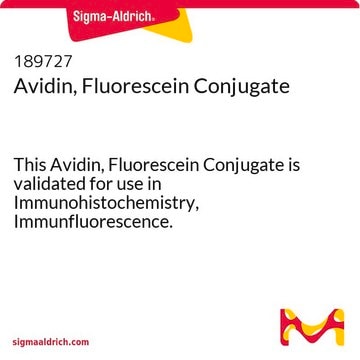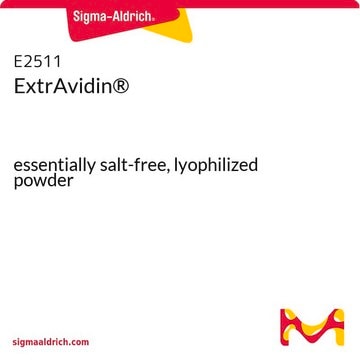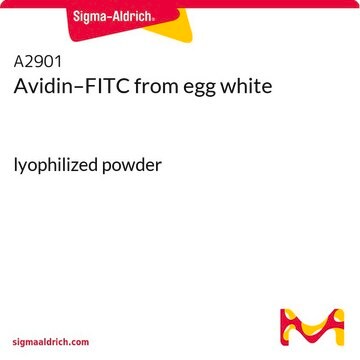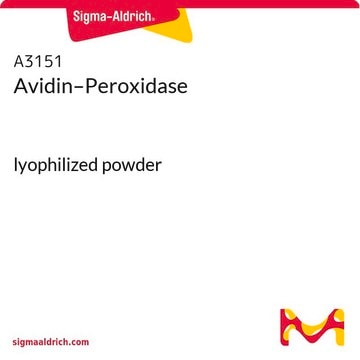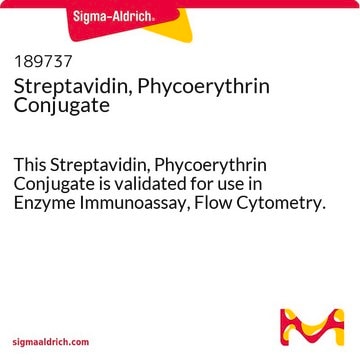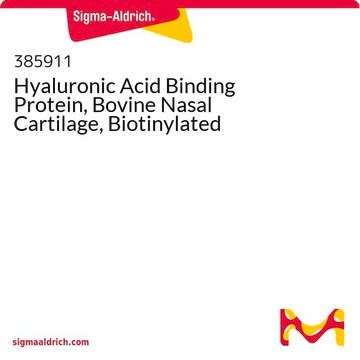E2761
ExtrAvidin®−FITC
buffered aqueous solution
About This Item
Productos recomendados
conjugado
FITC conjugate
Nivel de calidad
Formulario
buffered aqueous solution
Extensión del etiquetado
3-6 mol fluorochrome per mol protein
técnicas
immunohistochemistry (formalin-fixed, paraffin-embedded sections): 20 μg/mL using human tissues
indirect immunofluorescence: 1:200
Condiciones de envío
dry ice
temp. de almacenamiento
−20°C
Categorías relacionadas
Descripción general
Aplicación
- immunohistochemistry (formalin-fixed, paraffin-embedded sections) at a concentration of 20μg/mL using human tissues.
- Immunofluorescence†
- competitive binding assay
Forma física
Nota de preparación
Información legal
Cláusula de descargo de responsabilidad
Código de clase de almacenamiento
12 - Non Combustible Liquids
Clase de riesgo para el agua (WGK)
WGK 2
Punto de inflamabilidad (°F)
Not applicable
Punto de inflamabilidad (°C)
Not applicable
Elija entre una de las versiones más recientes:
Certificados de análisis (COA)
¿No ve la versión correcta?
Si necesita una versión concreta, puede buscar un certificado específico por el número de lote.
¿Ya tiene este producto?
Encuentre la documentación para los productos que ha comprado recientemente en la Biblioteca de documentos.
Los clientes también vieron
Nuestro equipo de científicos tiene experiencia en todas las áreas de investigación: Ciencias de la vida, Ciencia de los materiales, Síntesis química, Cromatografía, Analítica y muchas otras.
Póngase en contacto con el Servicio técnico


